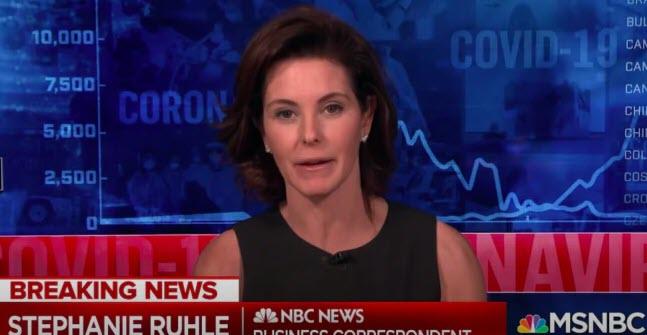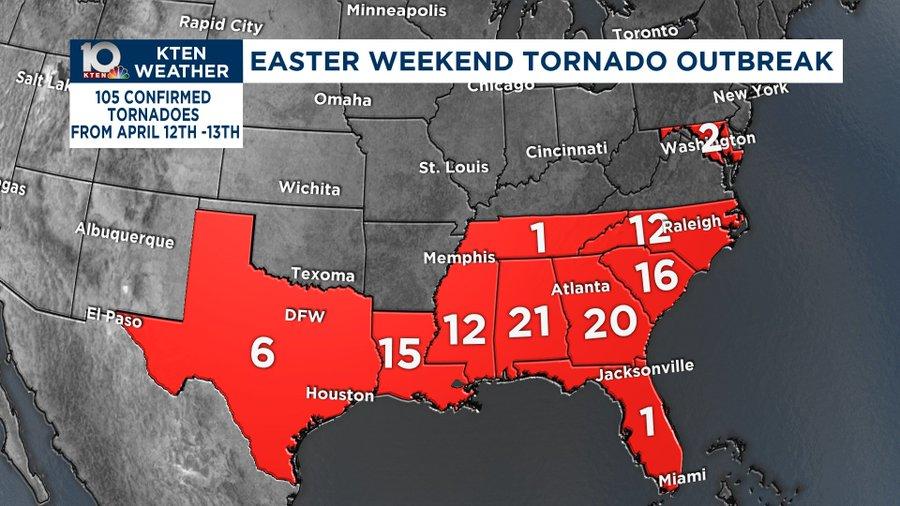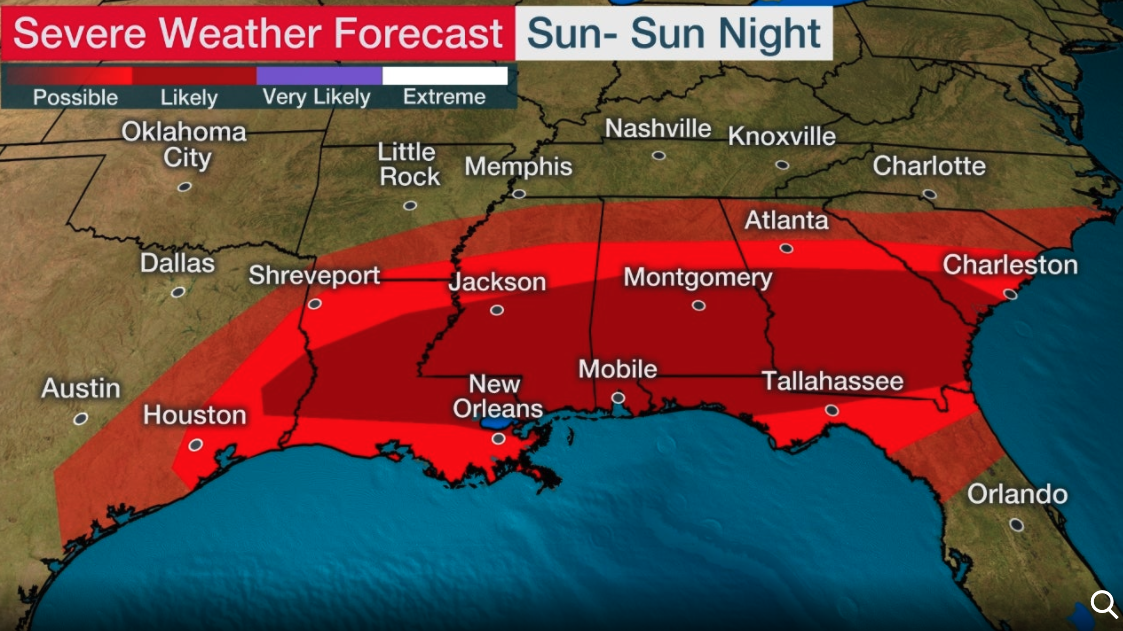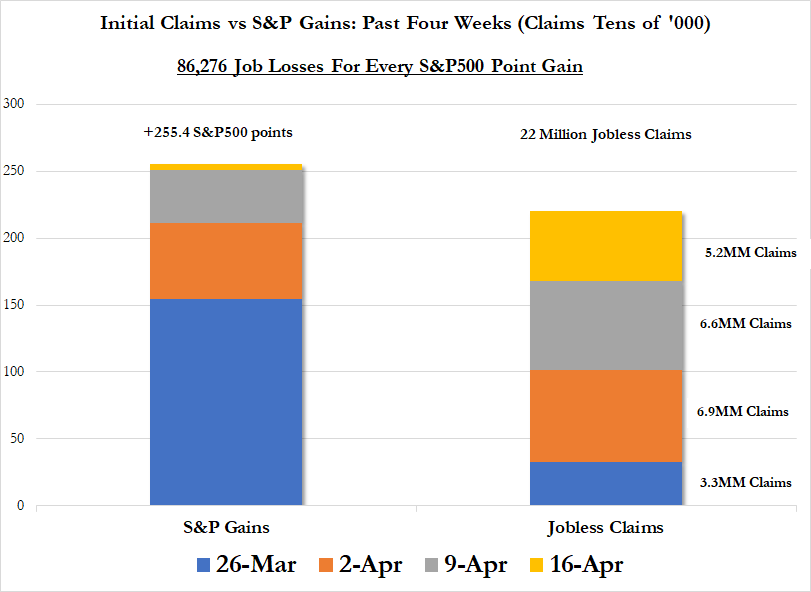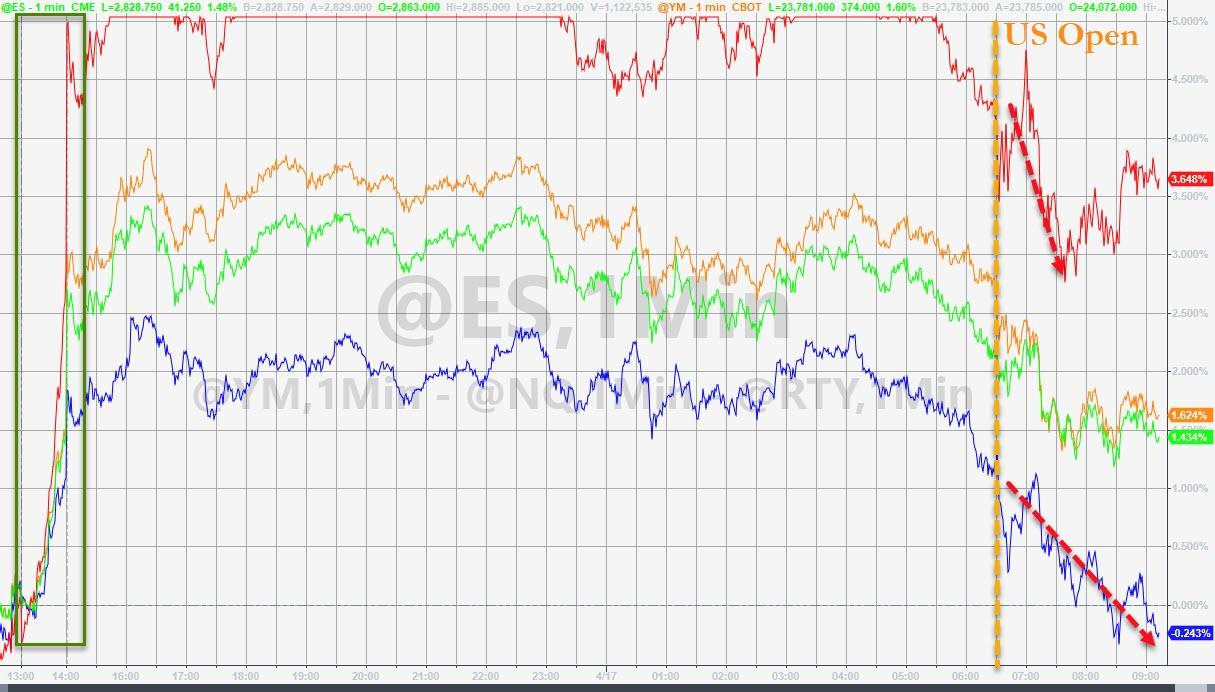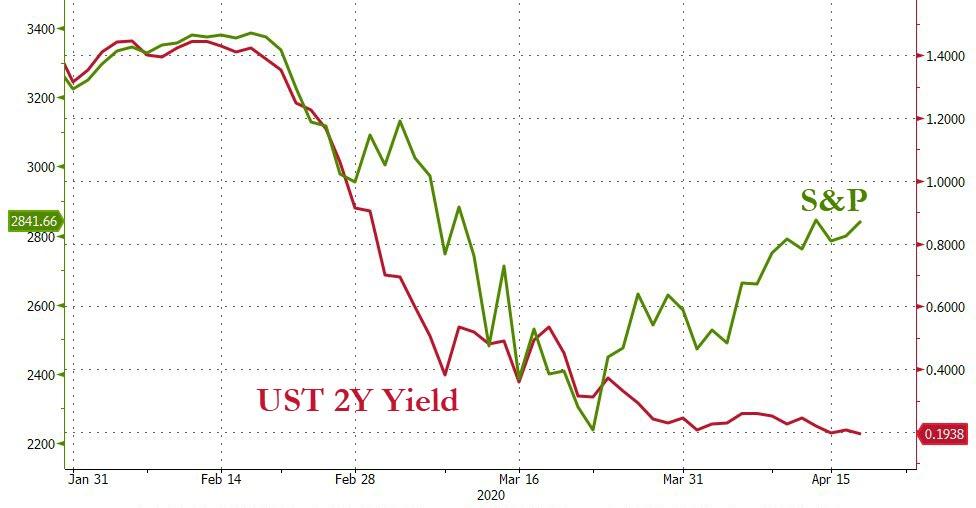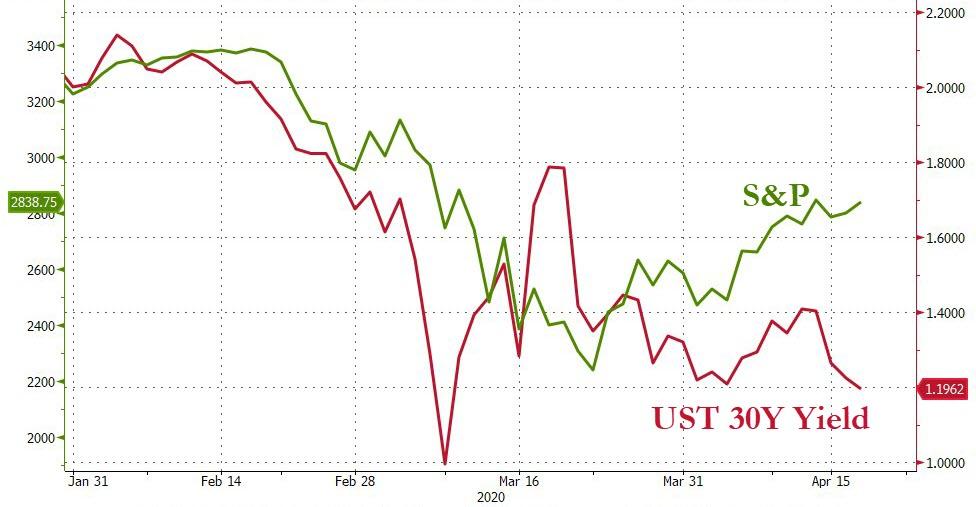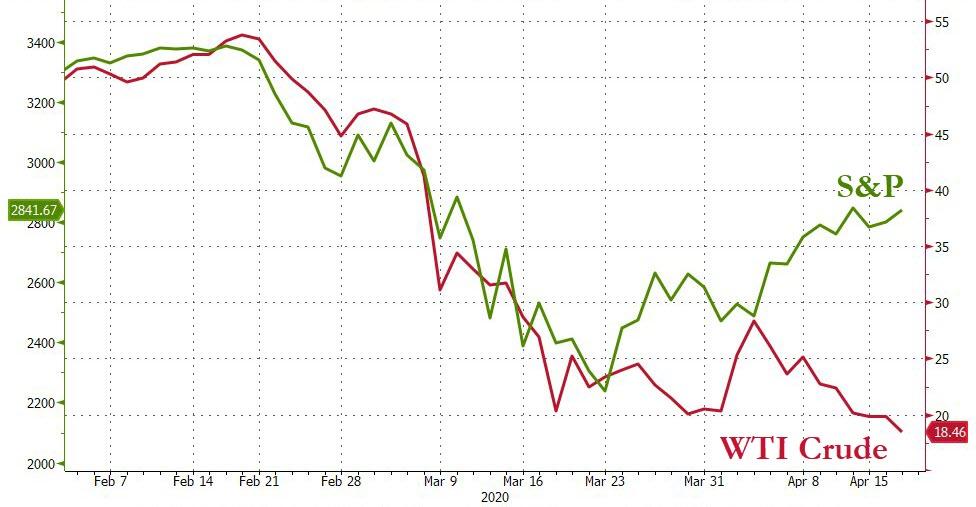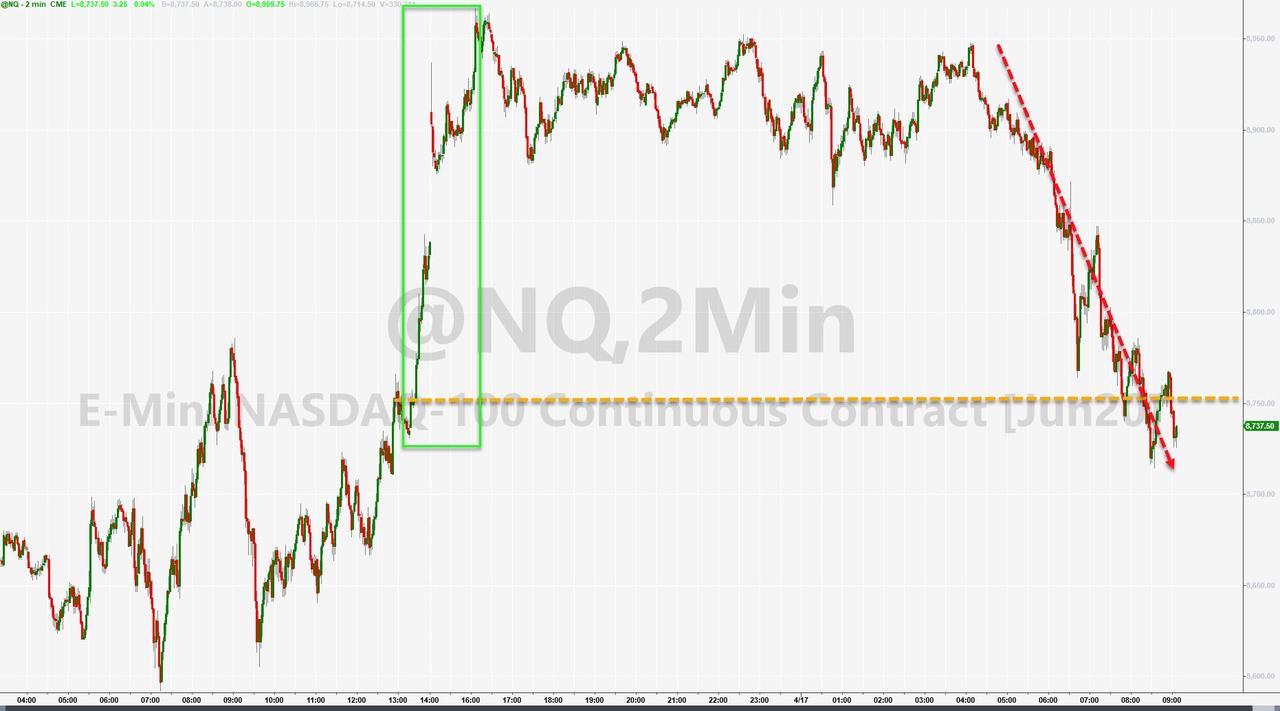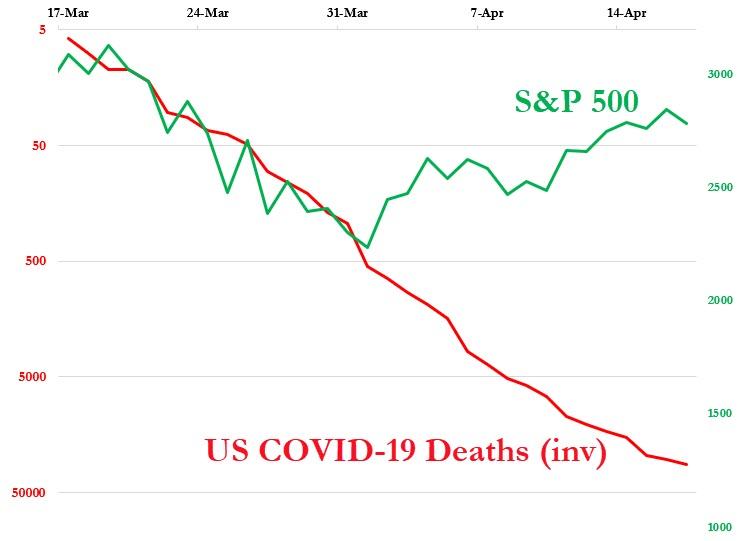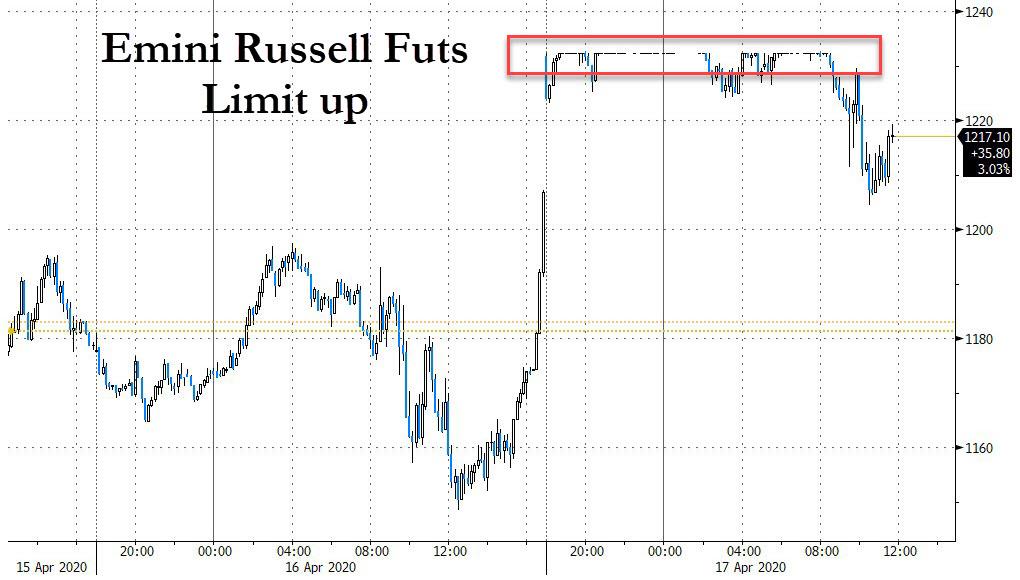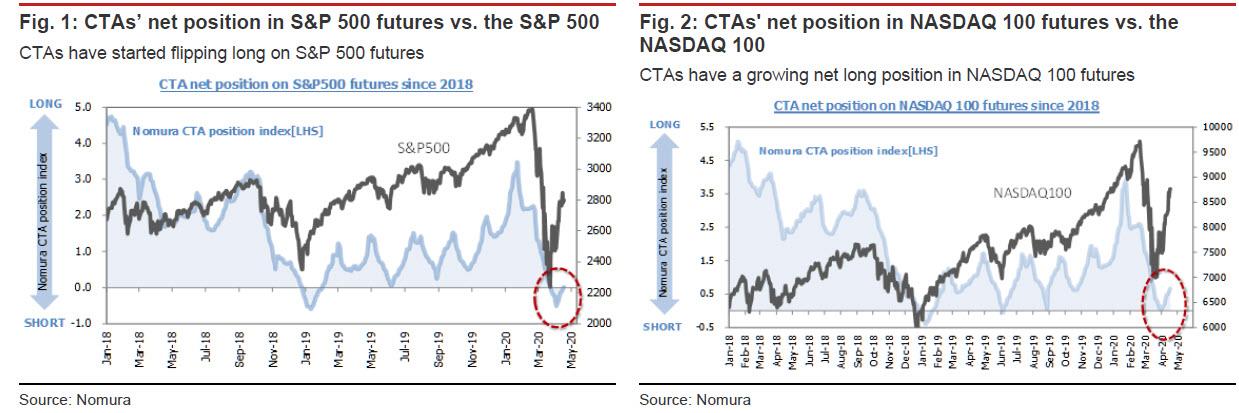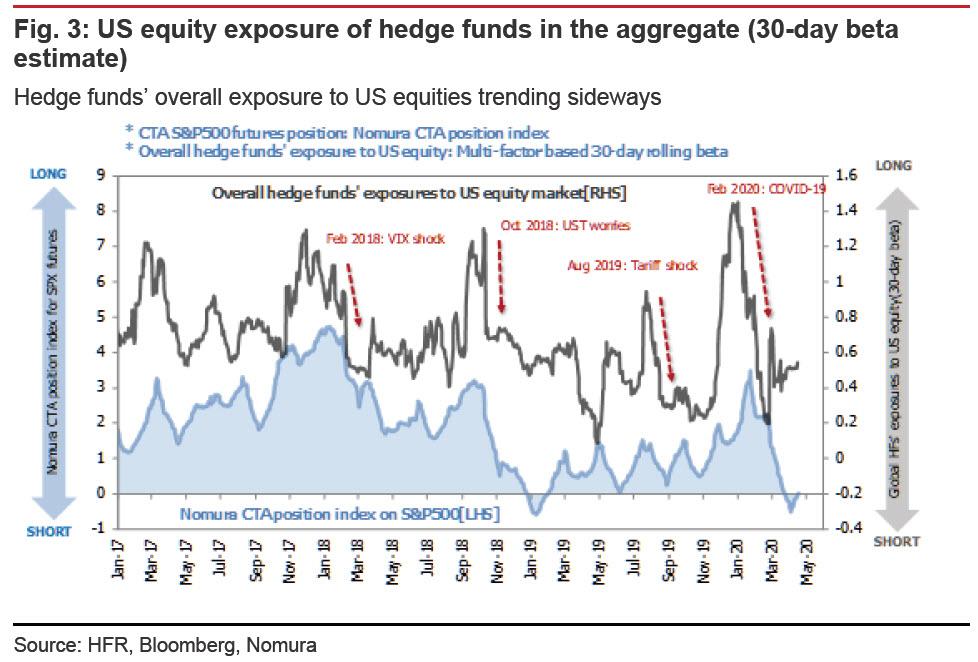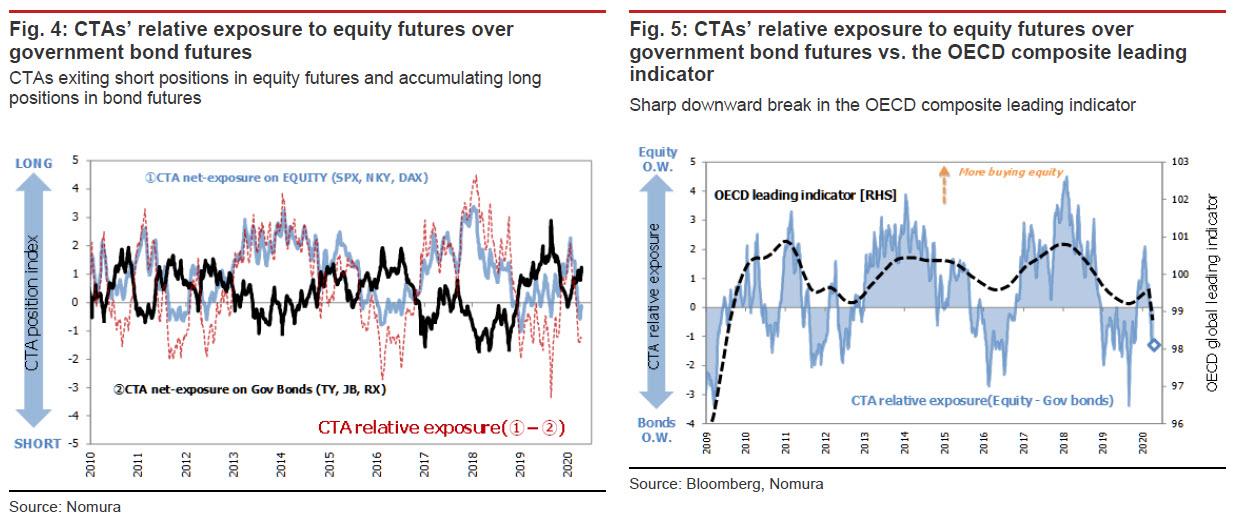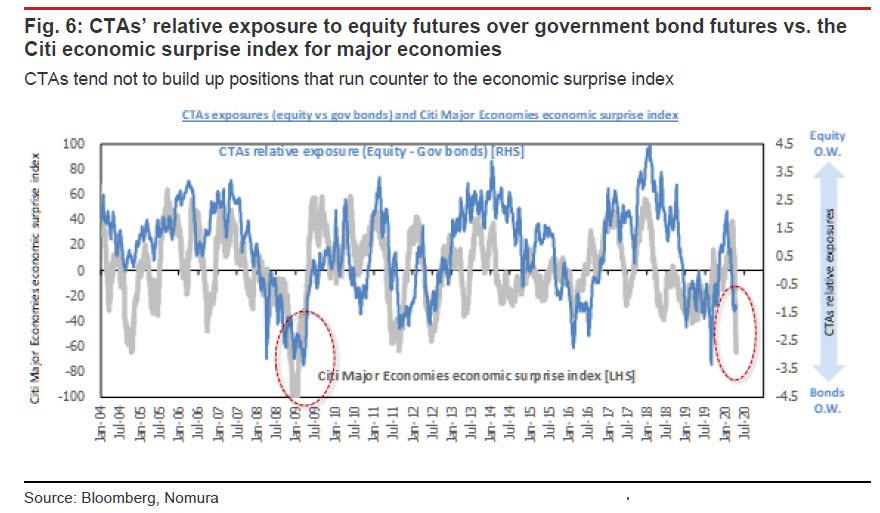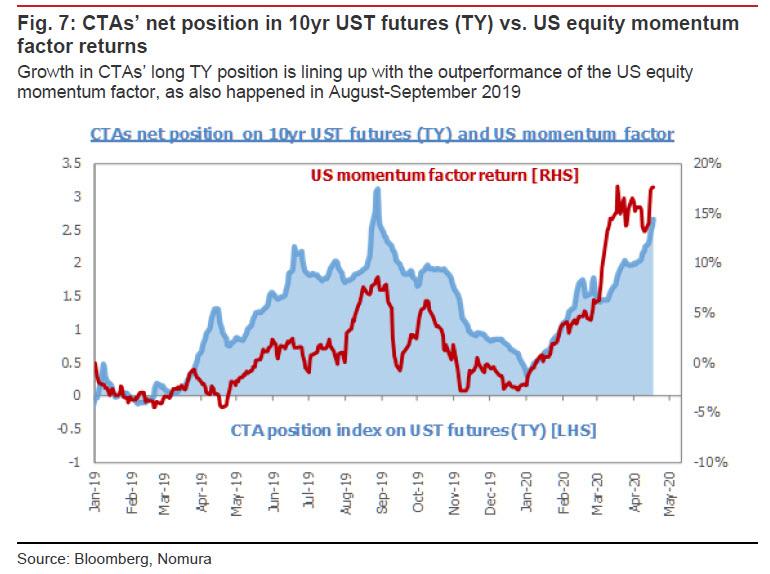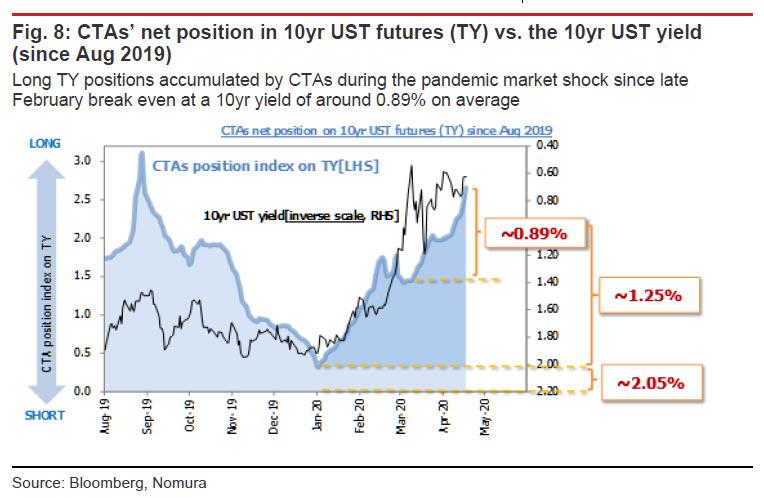A family in Oxford, Wisconsin, is suing the local sheriff’s department after a patrol sergeant threatened to arrest a teenage girl for disorderly conduct for posting on Instagram about being infected with COVID-19.
Amyiah Cohoon, 16, is a student at Westfield Area High School in Westfield, Wisconsin. According to this lawsuit, she and schoolmates went to Disney World and Universal Studios in Florida for a spring break trip in early March, right as the coronavirus was beginning to spread and businesses began to shut down. She and her classmates canceled the trip early and returned home.
Once home, Cohoon began developing symptoms associated with COVID-19. She sought medical assistance, but at the time they were unable to test her to see if she was infected. She was diagnosed with an upper respiratory infection with “symptoms consistent with COVID-19,” according to the lawsuit.
Cohoon went home and posted on Instagram letting people know that she had COVID-19 and was in self-quarantine. Her condition worsened and she was brought to the hospital for treatment. She posted again about the experience on Instagram. Finally, they were able to test her, but the test came back negative. According to the lawsuit, doctors told her it was likely the missed the window for testing positive, but she probably did have COVID-19, despite the test results. (False negative results have been an ongoing issue in accurately diagnosing infections.)
After she returned home from this visit, she posted again on Instagram and included a picture of herself at the hospital wearing an oxygen mask.
The very next day, Patrol Sergeant Cameron Klump from Marquette County Sheriff’s Department showed up on the family’s doorstep. He was there under orders from Sheriff Joseph Konrath to demand that Amyiah and her father, Richard Cohoon, remove Amyiah’s Instagram posts. If they refused, Klump said the family faced charges for disorderly conduct and Klump told them he would “start taking people to jail,” according to the suit.
Konrath’s justification was that there had been no confirmed cases of COVID-19 in the county. He found out about the Instagram post from Amyiah’s high school. The Cohoon family had contacted the school to let them know about Amyiah’s infection, but nobody ever contacted them back to get more information. It appears that instead the school contacted the police. Under the threat of arrest, Cohoon complied and deleted the allegedly illegal Instagram post.
That evening the family would discover that a school administrator sent out an alert to families accusing Cohoon of making it up and assuring families that any information of infection was just a rumor. “Let me assure you there is NO truth to this,” the message read. “This was a foolish means to get attention and the source of the rumor has been addressed. This rumor had caught the attention of our Public Health Department and she was involved in putting a stop to this nonsense.”
The family then connected with the Wisconsin Institute for Law and Liberty, and the Institute sent a letter to Konrath warning him that he had violated Cohoon’s First Amendment rights and demanded both an apology and the promise that there would be no further threats of criminal charges against the family for Amyiah’s post.
Konrath refused, and now the Wisconsin Institute of Law and Liberty is suing Konrath and Klump in the U.S. District Court for the Eastern District of Wisconsin for violating Cohoon’s First and 14th Amendment rights. Her Instagram posts are protected speech, the Institute argues, and there was nothing about her posts that violated the county’s disorderly conduct law, and even if they did, the Wisconsin Supreme Court has held that disorderly conduct statutes in the state cannot be applied to speech protected by the First Amendment.
The Wisconsin Institute for Law and Liberty is asking the court to rule that Cohoon’s posts were protected speech and order that the sheriff’s department may not threaten or cite Cohoon or her family for these posts, plus paying “nominal damages.”
The sheriff’s department is not backing down or even acknowledging an overreaction. According to the Milwaukee Journal Sentinel, their position remains that the one negative test means that she did not have COVID-19, which simply isn’t how it works. The Sentinel reports:
Sam Hall, an attorney for the sheriff, said the teenager “caused distress and panic” among other parents by claiming she had contracted the coronavirus despite getting a negative test result.
“This case is nothing more than a 2020 version of screaming fire in a crowded theater,” he said, referring to speech that is not protected by the First Amendment.
That the sheriff’s lawyer is misusing the much-maligned “fire in a crowded theater” argument from Schenck v. United States is a huge tell that these guys don’t have a leg to stand on. It’s a bad argument, a bad precedent (it was about censoring anti-war activism), and the Supreme Court has subsequently weakened that decision and broadened our free speech protections.
And even if that ruling remained relevant, Amyiah Cohoon was not engaging in the equivalent of “shouting fire in a crowded theater.” Because of the significant number of false negative test results, it’s appropriate for health staff to treat her as though she likely has COVID-19 based on her symptoms. It’s also appropriate for the Cohoon family to attempt to warn families of the students who went with her to Florida that they might have been exposed, too.
It’s the school officials and the police who behaved irresponsibly, not Amyiah or her family.
Read the complaint here.
from Latest – Reason.com https://ift.tt/2XKwzYs
via IFTTT
